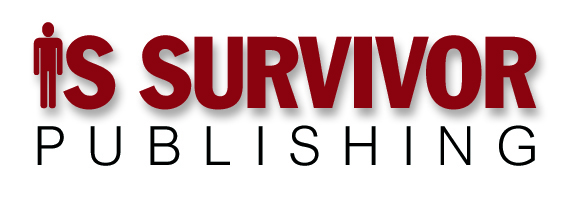If you want to stir up controversy among IT professionals, all you have to do is to say something complimentary about Bill Gates and Microsoft.
Or, say something critical. Either will do.
Last week’s column, in general complimentary, resulted in quite a bit of disagreement, in particular on the question of whether Microsoft has ever innovated. You’ll find some of the exchange chronicled in Advice Line (“Microsoft innovation, or not,” 7/8/2008).
My assessment hasn’t changed. A view of innovation limited to product features earns Microsoft a D, and that’s being generous. If the best it has to offer in the way of innovation are Microsoft Bob and the Ribbon … the word that springs to mind is “ugh.”
To help focus its R&D efforts, here are two useful features missing from Word. The first is easy: If I write, “Microsoft code is flabby, insecure and buggy,” and decide to reorder the list to, “Microsoft code is buggy, flabby, and insecure,” I have to fiddle a lot to keep the commas and “and” in the right places. Intelligent and unobtrusive list re-ordering would be quite useful.
Far more useful (and far more challenging to develop) would be a true intelligent assistant — one that scans and analyzes my writing to learn my style, so I can tell it, “Send a diplomatic-sounding nastigram to Senator Bupkis about his position on the Digital Millennium Copyright Act. In it, make these points:” followed the specific evidence and logic I want to include.
If you’re part of the Open Office project, feel free to beat Microsoft to the punch.
To put Microsoft innovation in a more useful context: Its impact on the software industry has parallels to the impact of the Roman empire on Europe, the Mideast, and North Africa.
Not everyone at the time appreciated being conquered. On the other side of the subject … well, George Bernard Shaw on his worst day was more eloquent than I am on my best, and so, from Julius Caesar:
APOLLODORUS
I understand, Caesar. Rome will produce no art itself; but it will buy up and take away whatever the other nations produce.
CAESAR
What! Rome produces no art! Is peace not an art? Is war not an art? Is government not an art? Is civilization not an art? All these we give you in exchange for a few ornaments. You will have the best of the bargain.
Microsoft’s “art” … its innovation … isn’t about its products. In its early days it won through “conquest” (exploiting the mistakes of less canny competitors, and sometimes encouraging them — for example, WordPerfect’s focus on OS/2 instead of Windows). Now, it wins through “civilization” — pre-built integration of complete infrastructure solutions so customers don’t have to glue things together.
In that vein, correspondent Ted Johnson made this excellent point (edited for space):
As a small business IT director, I see Microsoft’s play for the future being the integrated system stack. When I look at the ease of integration of Server 2008, SQL 2008, SharePoint, Office, the various BI tools, and the Dynamics ERP/CRM line, it is hard to argue with on a limited budget.
The main competition I see to Microsoft is open source. I would love to take a deep look at Compiere, but … I don’t have the time to learn the system well enough to do the gap analysis and determine the cost savings over 5 years of switching to Compiere from Dynamics NAV.
So, I need a BI solution. SQL 2005 is already installed and running my ERP. We’ll start there.
I need an intranet/content solution (very small scale). My guess is it will be SharePoint as it will already be a display target for the BI solution and the future version of Dynamics NAV.
[Since I’d have to] hire more IT staff to work through the technologies in the open source community, it’s hard to see how I will leave Microsoft. I have proposed replacing Office with Open Office on our Citrix servers. I’ve looked at Drupal for an intranet site, but with the integrations mentioned above, why would I invest in server and expertise to go there as opposed to SharePoint?
The lock-in seems even tighter today.
All of which illustrates the original point: There is as much genius and artistry in adopting and integrating the good ideas of others as there is in figuring things out on your own.
If there wasn’t, you wouldn’t take the time to read Keep the Joint Running every week.
